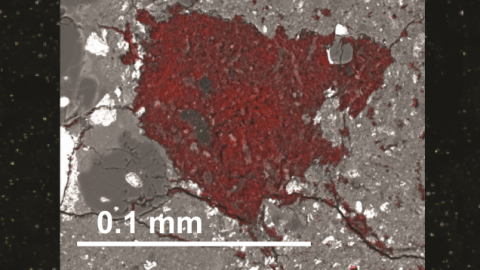
Scientists spotted a superflare larger than some of the hugest solar storms on record–from what seems to be a tiny, almost Jupiter-sized star.
Scientists spotted a superflare larger than some of the hugest solar storms on record–from what seems to be a tiny, almost Jupiter-sized star.
The Next Generation Transit Survey (NGTS), a sky-surveying telescope in Chile, first detected the flare on August 13, 2017. Not only is it the second-largest observed flare to come from a star of the “L-dwarf” type, but this is the coolest star to show this kind of powerful flare to date.
The star, called ULAS J224940.13−011236.9, is an L-dwarf, a red star approximately 250 light-years away that’s only 10 percent the radius of the Sun. It’s burning at temperatures of only 1,930 degrees Kelvin–around the temperature of a blowtorch’s flame. Stars like this are too cold for the NGTS to detect–until one of them lets out a gigantic flare that appears in the survey. When that happens, the researchers line up the flare’s position with the list of known star positions from the Two Micron All-Sky Survey, called 2MASS.
After finding the culprit star, the researchers must use a model in order to calculate the amplitude, duration, and energy of the flare. They ended up with a flash that lasted almost 10 minutes and released 3.4 * 1033 ergs of energy. If such a flare occurred on our own Sun, it would cause a whole lot of power outages here on Earth.
These fascinating results are published in the Monthly Notices of the Royal Astronomical Society.
The numbers aren’t exact, of course, because they are based on modeling, which is subject to inevitable human biases. Still: A star too weak to appear on the NGTS just appeared 10,000 times brighter in a flash, which is wild.
Scientists think that powerful flares like these originate when parts of the star’s magnetic fields with opposite orientations connect with one another. This heats up particles in the equivalent of the star’s atmosphere, releasing the “white-light” emission seen here. Other dwarf stars experience powerful flares as well, but none of those stars are as cool as this one.
The scientists behind the new paper were excited that the NGTS survey could study large flares on stars like these, and say it could change the way we think about small stars. I’m just proud of the little guy.



Comments